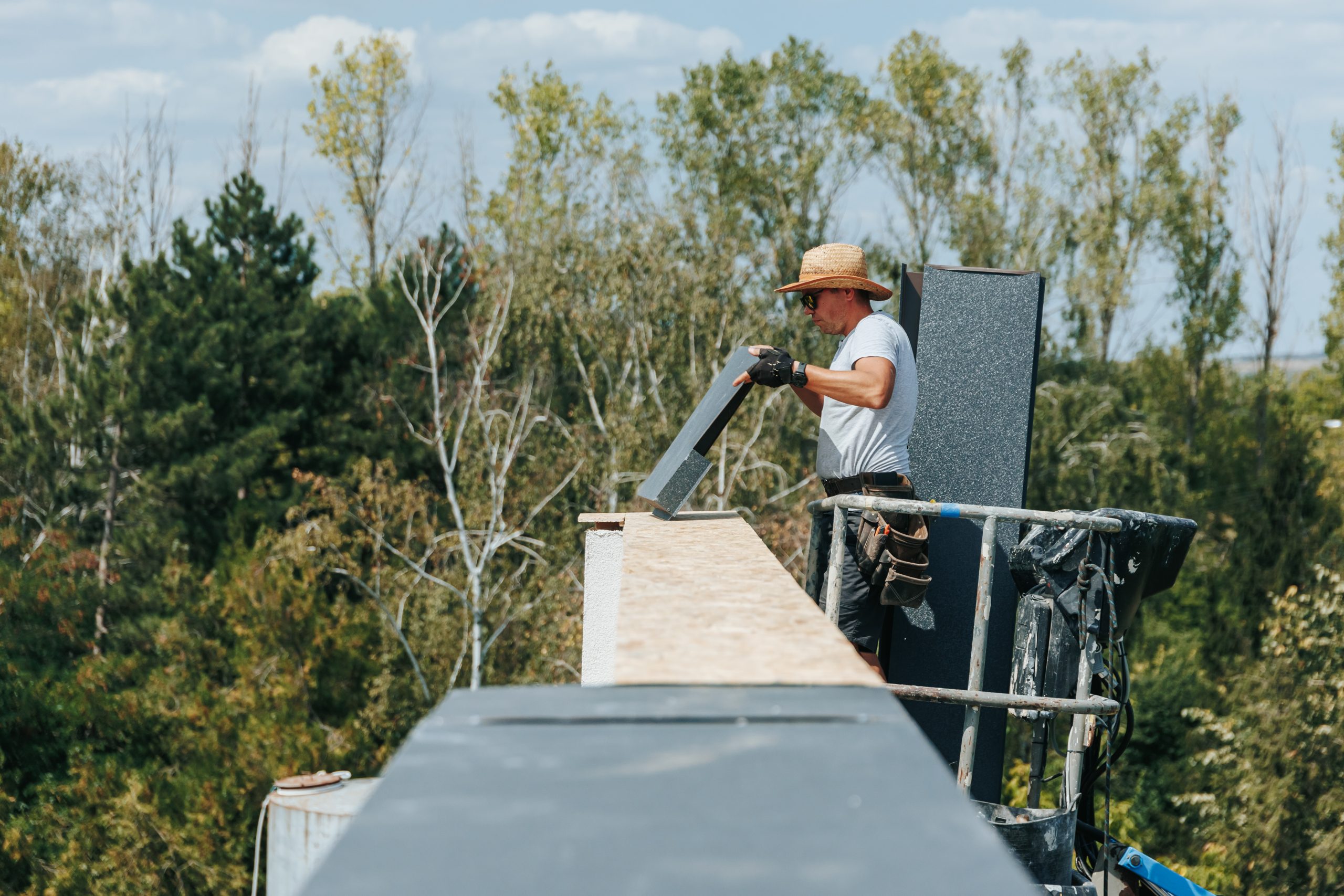EPDM (Ethylene Propylene Diene Monomer) roofing is a popular choice for commercial and residential flat roofs due to its durability, affordability, and resistance to extreme weather conditions. However, like any roofing material, EPDM is not without its challenges. Here are some common problems associated with EPDM roofing and practical solutions to address them.
Leaks and Ponding Water
One of the most request issues with EPDM roofs is leaks, often caused by ponding water. Flat roofs are more susceptible to water accumulation, which can lead to membrane damage over time.
Solution: Regular inspections are crucial to identify and address ponding water early. Ensure that the roof has adequate drainage systems, such as scuppers or interior drains. If water pooling persists, consider installing tapered insulation to improve the roof’s slopes.
Shrinkage
Over time, EPDM membranes can shrink due to prolonged exposure to UV rays and temperature fluctuations. Shrinkage can cause the membrane to pull away from edges, seams, and penetrations, leading to potential leaks and structural damage.
Solution: Address shrinkage by applying EPDM-compatible adhesives to reattach the membrane securely. For severe cases, replacing the affected sections of the membrane may be necessary. Protecting the roof with a UV-resistant coating can also help prevent future shrinkage.
Punctures and Tears
EPDM is highly durable, but it can still be punctured or torn by sharp objects, foot traffic, or debris. Even small punctures can compromise the roof’s integrity and lead to leaks.
Solution: Inspect the roof regularly for punctures or tears. Use an EPDM repair kit to patch small damages. For larger issues, consult a professional roofer to replace the damaged section. Adding walkway pads can minimize the risk of damage from foot traffic.
Blisters and Bubbles
Blisters or bubbles in the EPDM membrane occur when air or moisture gets trapped beneath the surface. This issue often arises from improper installation or adhesive application.
Solution: Cut out the blistered area and clean the surface thoroughly. Apply a new layer of EPDM-compatible adhesive an patch the area with a fresh piece of membrane. Ensuring proper installation techniques during the initial setup can prevent this problem from occurring.
Seam Failures
The seams in an EPDM roof are critical points of vulnerability. Over time, adhesives and tapes used to seal seams may deteriorate, leading to separation and water infiltration.
Solution: Reapply seam tape or adhesive to reinforce the affected areas. For added durability, use a seam roller to press the tape firmly into place. Regular maintenance and resealing can extend the life of the seams.
Algae and Moss Growth
EPDM roofs in shaded or damp environments may develop algae or moss growth, which can be unsightly and potentially damaging.
Solution: Clean the roof with a mild detergent and water solution to remove algae and moss. Avoid harsh chemicals that could degrade the membrane. Installing zinc or copper strips can help inhibit future growth.
Conclusion
EPDM roofing is a reliable and cost-effective option for flat roofs, but it requires regular maintenance to address common issues. By performing routine inspections, promptly repairing damages, and taking preventive measures, you can maximize the lifespan and performance of your EPDM roof. For complex repairs, consult a professional roofing contractor to ensure the job is done correctly and safely.
